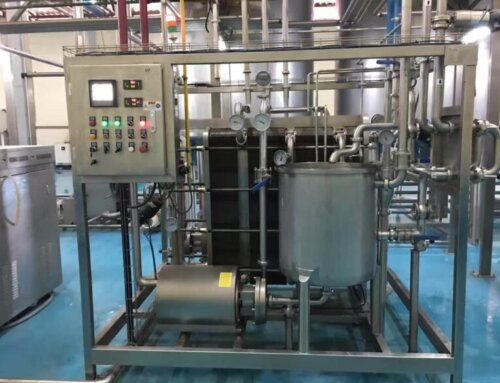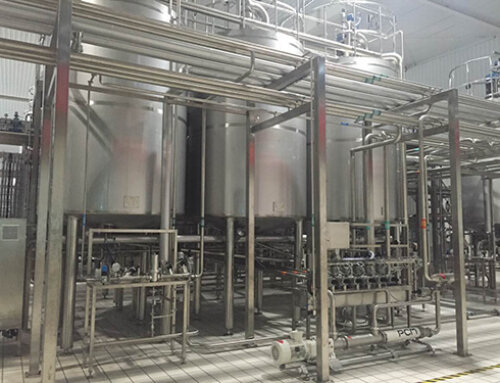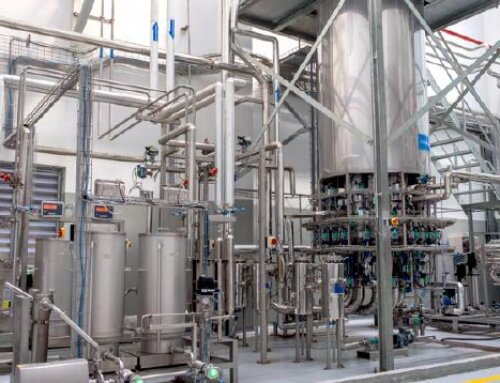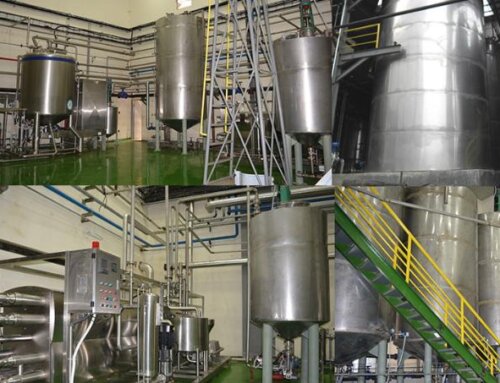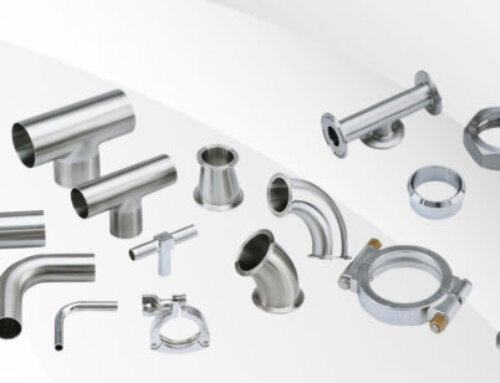Although energy conservation and environmental protection are currently a major trend, and many countries have begun to have plastic restrictions, PET bottled juice still occupies a dominant share in the world because of plastic bottles low cost, sanitary, easy to carry. With the development of packaging technology, European and American countries have developed rPET bottle recyclable packaging. This will bring another revolutionary development to the packaging of bottled juice. Today we introduce the frequently asked questions for the bottle juice production plant.

Q: What is raw material can I use to produce bottle juice?
A: You can start from fresh fruits to make the NFC fresh juice or start from concentrated juice/puree to make dilution juice.
Fresh NFC juice production requires a large supply of fresh fruits, and it has the feature of big investment, large capacity production, so it is suitable for the juice producers who have their own fruit farms and good budget.
Compared to NFC juice production, the concentrated juice dilution line will be much easier to start. You can import the concentrated juice as raw material, then blend with other flavor agents, dilute with water to make the RTD juice. Usually this type of juice needs lower investment, it is especially suitable for start-up business.
Q: What is the capacity do you have for the bottle juice production plant?
A: Our juice processing machine capacity is from 1000BPH-30000BPH based on 500ml bottles, so the whole production line capacity is from 500L per hour to 15000L per hour.
Q: What machines do we need to open one bottle juice production plant?
A: You need RO water treatment system for pure water producing, bottle blowing machine for plastic bottles, bottle making machine for glass bottles, concentrated juice transfer system, juice formulation tank, juice homogenizer, vacuum degasser, juice sterilizer/pasteurizer, juice pump, bottle juice washing, filling and capping machine, bottle juice conveyor, bottle juice pasteurizing cooling tunnel, bottle juice labeling machine, date coder, shrink packing and carton packing machine, palletizer, CIP system, boiler, cooling tower, pipes, air compressor, connections, valves.
Q: Can I use one filling machine to fill both PET/PP bottles and glass bottles?
A: NO, It can not be realized. PET/PP juice bottle washing, filling and capping machines are all different. PET/PP bottle washing use SUS304 material clamps to stuck bottle neck rinse, glass bottle washing machine use food-grade nylon clamps to stuck bottleneck to wash; When for filling, PET/PP bottle is stuck bottleneck and glass bottle is bottle bottom supported; When for capping, PET/PP bottle is PE screw caps and glass bottles will be crown caps or aluminum caps. For a detailed comparing, pls check this portfolio:
Q: What ingredients can I add when I produce bottle juice?
A: You can add sugar, emulsifier, flavor substances, milk, nutrition enhancer, sour or sweetener agent as ingredient into the diluted juice; You can also choose to add zero ingredients when producing the NFC juice.
Q: What caps/lids are most used for bottled juice?
A: PET bottles use the PE screw caps with diameters 28mm and 38mm; Glass bottles use crown caps, aluminum caps or lug caps. And different bottles caps need different capping/sealing machine.
Q: What is the material of the bottled juice production plant?
A: All the juice contact parts are made of SUS304/316L food-grade parts.
Q: How can I wash and clean the bottle juice processing equipment?
A: We are equipped with CIP cleaning system, you do not need to disassemble the machine, after one production shift is finished, you can start the CIP station to clean all the juice machines, tanks and pipelines, and it is automatic and save labor.
Q: I have many types of bottles, and their bottleneck diameter is different, can I use the same capping machine?
A: No, you can not. Only the same caps, same diameters caps can use one bottle capping/sealing machine.
Q: Which bottle types are suitable for the juice filling machine?
A: The juice bottle filling machine is suitable for bottle height from 150-310mm and bottle diameter from 90-150mm. If you bottles size is beyond this range, we can also customize filling machine for you.
Q: Do you provide the installation, commissioning and trainee service?
A: Yes, all our machines after being delivered to your site, we will send our engineers to your factory to do the installation and commissioning. And our engineers’ team also will teach your factory operators how to operate the machine.
Q: How many staff do I need for this bottled juice production plant?
A: It depends on your production capacity and the automation degree of the machine. For the full automatic juice bottling line, ingredients adding, juice blending, juice pasteurizing, juice bottle filling machine, bottle labeling machine and bottle packing machine are all automatic, only needs 3-4 workers to prepare the materials, packing materials, stock the finished products, 1-2 mechanical engineer and electronic engineer, one plant manager. But if it is a semi-automatic juice processing machine, the required staff has a big range between 10-50 staff.
Q: What is the warranty of your bottle juice processing machine?
A: All the juice machines enjoy 12 months warranty, during this time, if the machine breakdown, you can call us, we will send engineers team to fix it for you without charge of any extra fee.
Q: What is the shelf life of the bottled juice?
A: That depends on actual conditions, it divides three conditions:
- If you produce the NFC juice without adding any ingredients, then you could fill it into the bottles, after filling, the bottle juice will be pasteurized by an HPP sterilizer, then the juice shelf life can reach 2-6 months in ambient temperature.
- If you produce the NFC juice and pasteurize before bottling, and then the bottle juice shelf life is 7-30 days in cold storage.
- If you produce juice from concentrate, then pasteurize, hot filling into bottles, after filling, the juice will be secondary pasteurizing, the juice shelf life is about 12 months in ambient temperature.
